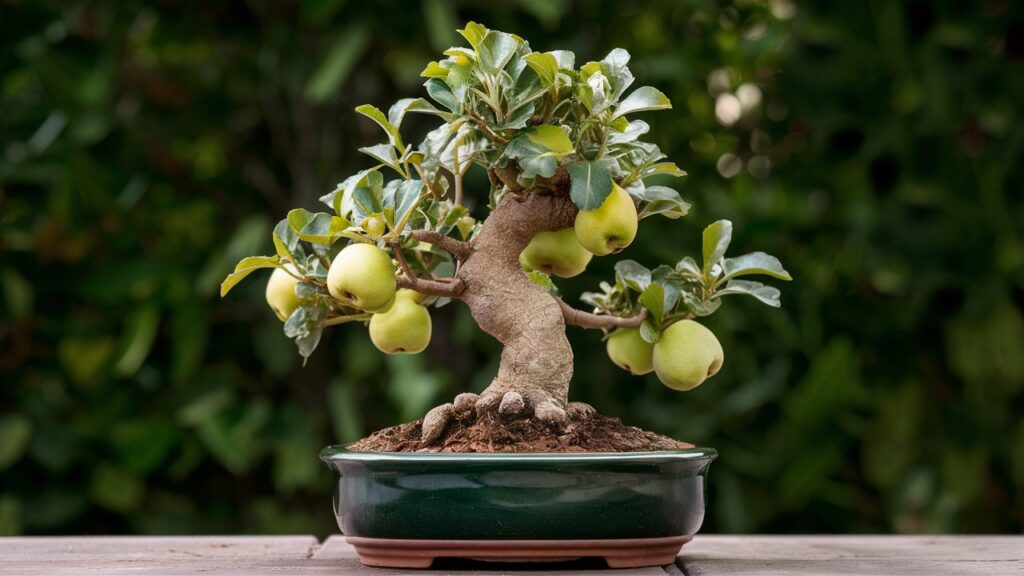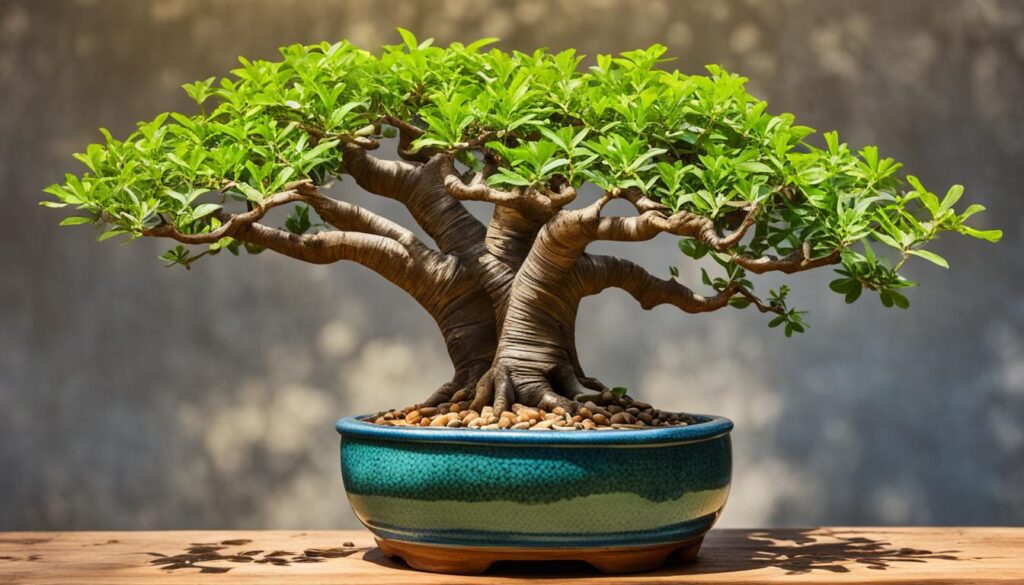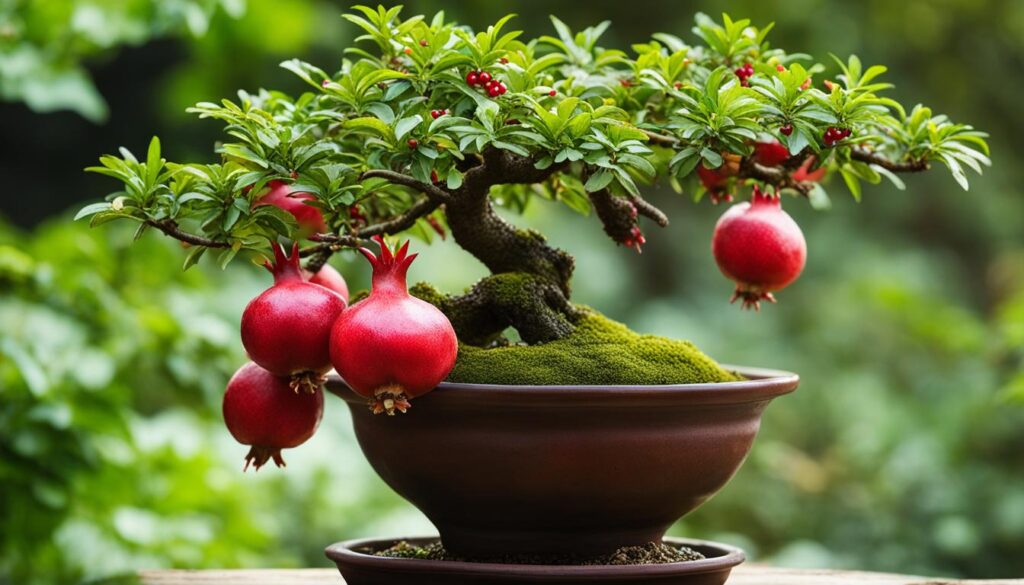Quince bonsai, particularly the Chinese quince (Pseudocydonia sinensis) and Japanese quince, are increasingly popular among bonsai enthusiasts due to their unique characteristics and beautiful flowering. These deciduous trees are known for their glossy leaves, vibrant pink flowers, and the production of yellow, aromatic fruits, making them a striking addition to any bonsai collection. Growing quince bonsai requires an understanding of their specific needs, including light, soil, and water conditions, as well as proper pruning techniques to encourage healthy growth and flowering.
Key Takeaways
ToggleUnderstanding Quince Bonsai
Quince bonsai includes several species, including the Chinese quince (Pseudocydonia sinensis), Japanese quince (Chaenomeles japonica), and common quince (Cydonia oblonga). Each species offers unique characteristics, making them appealing for bonsai cultivation. The Chinese quince is particularly favored for its glossy, dark green leaves, which are larger than those of other varieties, and its striking pink flowers that bloom in spring. The fruits, which are bright yellow and aromatic, can be used for cooking, although they are less palatable than those of the common quince.
Growing quince bonsai provides numerous benefits. These trees not only enhance the aesthetic appeal of gardens and indoor spaces but also contribute to biodiversity by attracting pollinators. Their ability to thrive in various climates and soil types makes them suitable for both novice and experienced bonsai enthusiasts. Additionally, quince bonsai are relatively low-maintenance, requiring careful pruning and watering to ensure healthy growth and vibrant flowering. By understanding the characteristics and benefits of quince bonsai, growers can appreciate these unique trees and the beauty they bring to their collections.
More Bonsai Trees with Beautiful Flowers >>>
Choosing the Right Quince Bonsai
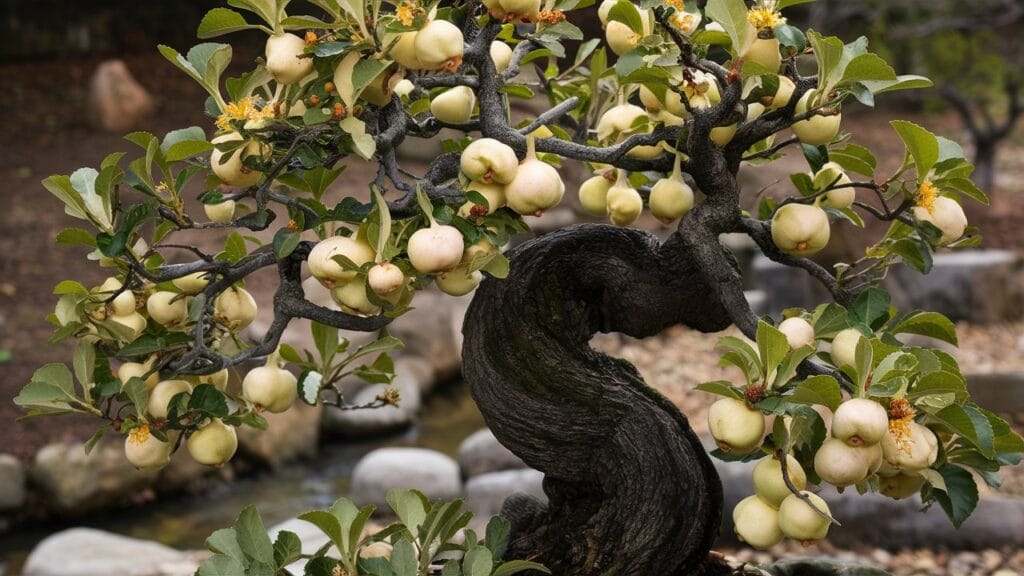
When selecting a quince bonsai, it is crucial to choose a healthy specimen that exhibits the desired characteristics of the species. For Chinese quince (Pseudocydonia sinensis) bonsai, look for trees with glossy, dark green oval leaves and coarse twigs, as these features are well-suited for larger bonsai sizes. The bark should be dark brown and smooth, with patches that peel off to reveal lighter spots underneath, creating an attractive and distinctive appearance.
Compared to other quince species, the Chinese quince is known for its larger leaves and fruits. The fruits are bright yellow, oval-shaped, and have a smooth skin. In contrast, the common quince (Cydonia oblonga) and Japanese quince (Chaenomeles japonica) have different leaf shapes, bark textures, and fruit characteristics.
To ensure the best possible start for your quince bonsai, it is recommended to source your tree from a reputable nursery that specializes in bonsai. These nurseries often offer healthy, well-established specimens that have been properly cared for and are suitable for bonsai cultivation.
Growing Conditions for Quince Bonsai

Light Requirements: Quince bonsai thrive in full sun, requiring at least six hours of direct sunlight each day for optimal growth. This exposure not only promotes healthy leaf development but also encourages abundant flowering. Placing your quince bonsai in a warm, well-lit location will help it flourish, particularly during the growing season.
Soil Requirements: A well-draining soil mix is essential for quince bonsai to prevent root rot and ensure healthy growth. Ideally, the soil should be neutral to slightly acidic, with a pH level between 6.0 and 7.0. A mixture of akadama, pumice, and organic matter can provide the right balance of drainage and nutrients, allowing the roots to breathe while retaining moisture.
Watering Needs: Keeping the rootball consistently moist is crucial, particularly during the flowering and fruiting stages when the tree is actively growing. Water the quince bonsai thoroughly, allowing excess water to drain out, and monitor the soil moisture regularly to avoid overwatering or underwatering.
Temperature and Humidity: Quince bonsai prefer moderate temperatures, ideally between 60°F and 75°F (15°C to 24°C). They can tolerate cooler temperatures, but it’s important to protect them from frost. Adequate humidity levels, especially during the growing season, will also support healthy growth and flowering.
Care and Maintenance of Quince Bonsai
Pruning Techniques: Pruning is essential for maintaining the shape and health of quince bonsai. For new shoots, pruning should be done in late spring to early summer, promoting bushier growth and encouraging flowering. Older branches can be pruned in late winter or early spring before the new growth begins. It’s important to remove any dead or crossing branches to improve air circulation and light penetration. Regular pruning not only shapes the tree but also stimulates flowering and fruiting, ensuring a vibrant display of blossoms in the spring.
Fertilization: Quince bonsai benefit from regular fertilization to support their growth and flowering. A balanced fertilizer, such as a 10-10-10 NPK formula, can be applied every four to six weeks during the growing season (spring and summer). Organic options, like fish emulsion or compost tea, can also be used to provide nutrients. In the fall, reduce fertilization to allow the tree to prepare for dormancy.
Repotting: Repotting quince bonsai is typically necessary every two to three years, depending on the tree’s growth rate. Signs that repotting is needed include roots growing out of the drainage holes or the soil becoming compacted. The best time to repot is in early spring, just before the growing season begins. When repotting, gently remove the tree from its pot, trim any overly long roots, and replace the old soil with fresh, well-draining bonsai soil.
Wiring and Shaping: Wiring is a crucial technique for shaping quince bonsai and creating an aesthetically pleasing form. Use aluminum or copper wire to gently wrap around branches, guiding them into the desired position. The best time to wire quince bonsai is in late winter or early spring when the tree is still dormant. Avoid wiring during the active growing season, as this can cause damage to new growth. Monitor the wire regularly to ensure it doesn’t cut into the bark as the tree grows. Proper wiring and shaping will enhance the tree’s overall appearance and health.
Propagation of Quince Bonsai
Quince bonsai can be propagated through various methods, including seed propagation, softwood cuttings, and air-layering. Each technique has its own advantages and requires specific care and timing.
Seed propagation is a slow but rewarding process, allowing you to grow your own quince bonsai from scratch. Collect seeds from ripe fruits in the fall and stratify them over winter before sowing in early spring. Softwood cuttings taken in summer can also be used to propagate quince bonsai. Choose healthy, non-flowering shoots and root them in a well-draining medium under mist or humidity domes.
Air-layering is another effective propagation method for quince bonsai. This technique involves wounding a branch and wrapping it in a moist medium to encourage root growth. Once the roots have developed, the branch can be cut off and potted as a new plant. By understanding these propagation methods, bonsai enthusiasts can expand their collections and create new, unique specimens.
Common Pest and Disease
Quince bonsai can be susceptible to several common pests, including aphids, scale insects, and weevils. Aphids may cluster on new growth, sucking sap and causing leaf distortion, while scale insects appear as small, hard bumps on stems and leaves. Weevils can damage roots and foliage, leading to overall decline.
Fire blight is a significant bacterial disease affecting quince bonsai, characterized by blackened, wilted leaves and branches. To prevent pests and diseases, maintain good air circulation and proper watering practices. Regularly inspect your bonsai for signs of infestation or disease. Treatment options include insecticidal soap for pests and removing infected plant parts to manage fire blight. Using organic fungicides can also help protect against disease.
Seasonal Care Tips
During winter, providing adequate protection for quince bonsai is essential to ensure their survival and health. Place your bonsai in a cold frame or sheltered area to shield it from severe frost and strong winds, while still allowing for some sunlight exposure. This helps maintain the necessary cold dormancy that quince trees require to thrive.
Seasonal adjustments in care are crucial. In winter, reduce watering frequency, ensuring the rootball remains slightly moist but not waterlogged. Fertilization should be halted during this dormant period, as the tree does not require additional nutrients.
As spring approaches, resume regular watering and begin applying a balanced fertilizer every four to six weeks to support new growth. Pruning should be done in late winter or early spring, removing any dead or crossing branches to promote healthy growth and air circulation. By adjusting care practices according to the seasons, you can help your quince bonsai thrive throughout the year.
Conclusion
In conclusion, growing quince bonsai requires a combination of proper care, maintenance, and an understanding of the tree’s specific needs. Providing adequate sunlight, well-draining soil, and consistent moisture are crucial for the health and growth of these deciduous trees. Regular pruning, fertilization, and repotting are essential for maintaining their shape and encouraging vibrant flowering. Protecting quince bonsai from pests, diseases, and harsh winter conditions is also necessary for their long-term success.
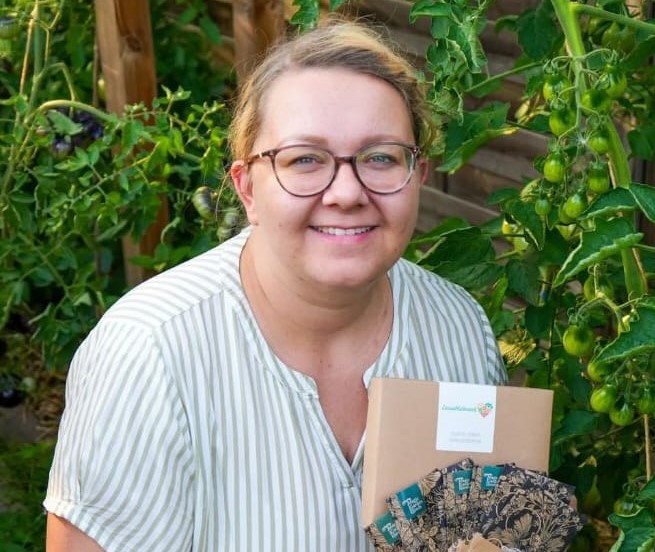
Karen Phillips, Bonsai expert and blogger. Read more about me here

